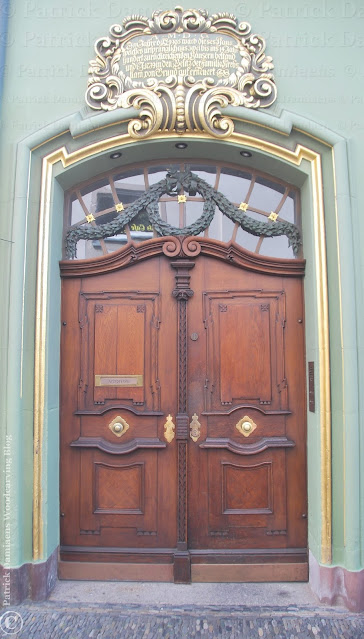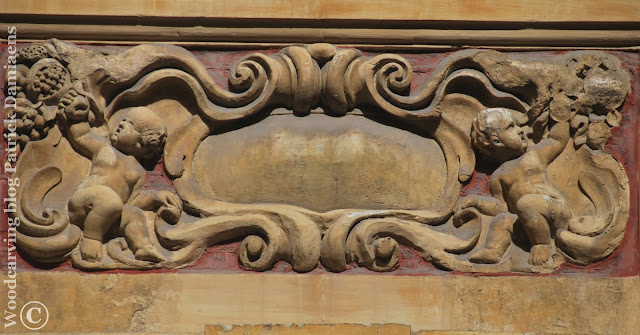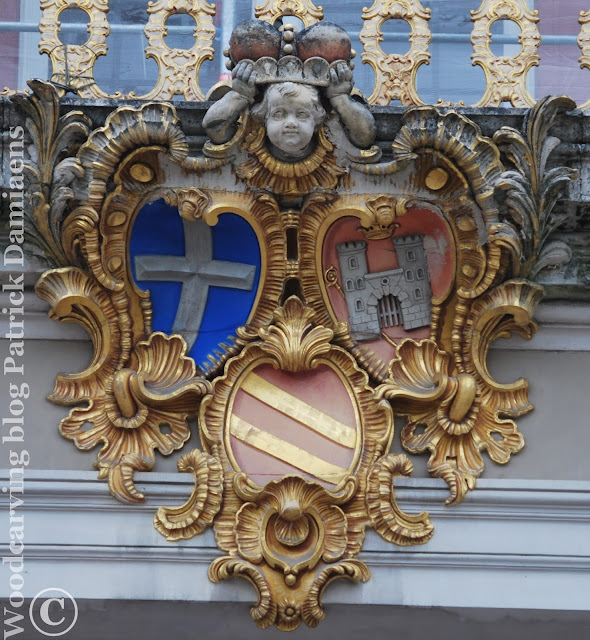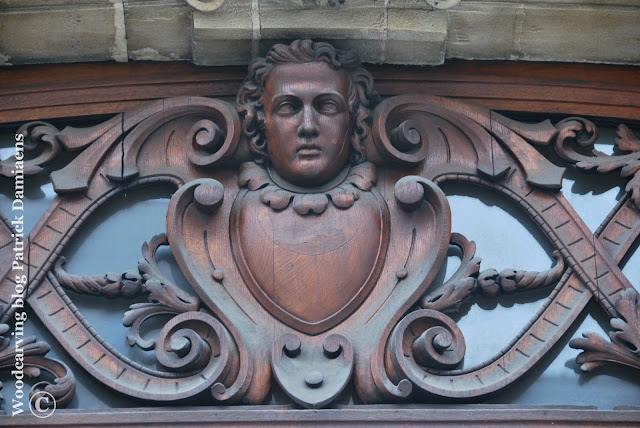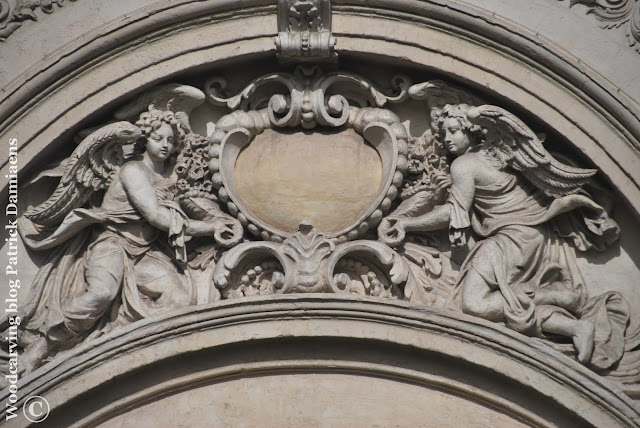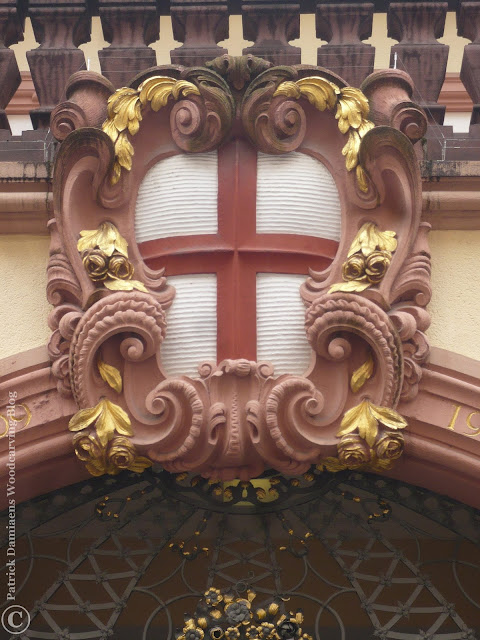 |
| The Cartouche |
The CARTOUCHE in wood and stone
The ORNAMENT CARTOUCHE
https://www.patrickdamiaens.info
The
CARTOUCHE
A cartouche
is an elaborate, protruding spherical, often scrolled and incised shape that
became an integral ornamental element from the 16th century onwards. It has
been suggested that the cartouche evolved from the flattened oval shape used to
accentuate the names of kings in ancient Egyptian hieroglyphics.
One of the most prized decorations in all style periods is the cartouche. Both in wood and in stone. The cartouche is based on a more or less oval, spherical surface surrounded by ornate design and moldings.
The central part contains information such as text, a year, a name or even a family crest, a message that the owner of the cartouche wants to give us. Although the frame is intended to emphasise the message, over time it developed into a true decorative element.
Since the
Renaissance, craftsmen have used the cartouche in almost all forms of art. The
cartouche is a highly decorative ornament, which has always reflected changing
fashions and tastes.
Each style period has its own typical design; a Louis XIV-style cartouche will look symmetrical and a Louis XV cartouche rather asymmetrical and lavishly decorated with the rocaille motif.
The
decoration or ornaments around a cartouche can be filled in according to the
designer-performer's own taste and style period. Common ornaments are acanthus
leaves, flowers, foliage such as palm branches, masks and faces, but always
according to the prescriptions of the style period at that time.
Here are some examples of the ornament cartouche that I have photographed over the years in
France: Lille, Paris, Fontainebleau Castle and Chantilly Castle.
Germany: Brühl Castle, Freiburg im Breisgau and Villa Hügel.
 |
| Villa Hügel, Germany |
 |
| Lille, France |
 |
| In Paris |
 |
| CARTOUCHE in wood and stone | The ORNAMENT CARTOUCHE Lille, France |
 |
| https://www.patrickdamiaens.info |





